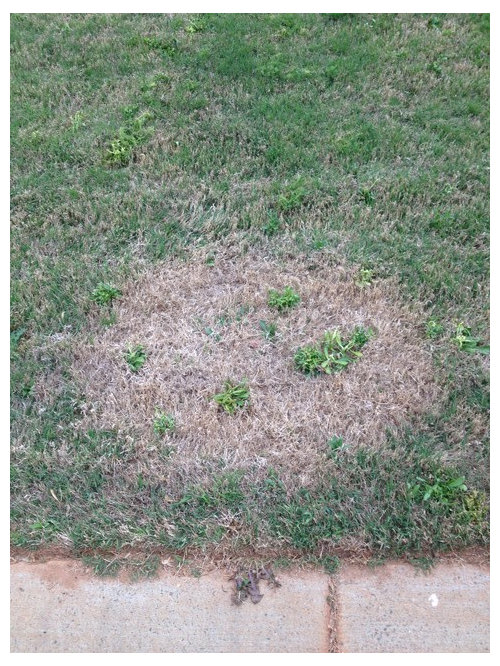What is this brown circle?
manofice3484
9 years ago
Related Stories

PATTERN10 Ways to Shake Up a Room With Circles and Stripes
Decorate with two diametrically different patterns in a restrained way, for a look that’s both dynamic and tasteful
Full Story
HOUZZ TOURSMy Houzz: A Circle of Friends Turns a Dallas House Into a Home
Homeowners enlist help from friends to remodel, build an addition and decorate their home
Full Story
CONTEMPORARY HOMESHouzz Tour: Dappled Light Inspires Artistic Wrapping
Cor-Ten cut with circles mimics the effect of a massive pine tree’s canopy, for a striking look inside and out
Full Story
ECLECTIC HOMESHouzz Tour: A New Look for Former Student Digs
An ill-treated Victorian in England becomes a more open, extended and aesthetically appealing family home
Full Story
APARTMENTSHouzz Tour: Personalizing a Miami Bachelor Pad
Meaningful artwork and other taste-specific touches make for a masculine home that happily fits the owner
Full Story
INSPIRING GARDENSHouzz TV: Curves and Surprises Transform a Dry Backyard
A landscape architect’s decision to build a detached studio leads to a whole new backyard full of low-water plants and salvaged treasures
Full Story
DECORATING GUIDESSo Your Style Is: Rustic
Refreshing in its simplicity, rustic style highlights natural beauty and a rugged, resilient spirit. Is it a match for you?
Full Story
Coed-Cave: A Man Cave for the Masses
Enjoy March Madness Surrounded by Color, Art, Light — Even Flowers!
Full StoryMore Discussions











joneboy
ZoysiaSod
Related Professionals
Wrentham Landscape Architects & Landscape Designers · Accokeek Landscape Architects & Landscape Designers · Kapaa Landscape Architects & Landscape Designers · Bethlehem Landscape Contractors · Hartford Landscape Contractors · Athens Landscape Contractors · Berkley Landscape Contractors · Brockton Landscape Contractors · Columbine Landscape Contractors · Fort Mill Landscape Contractors · Plantation Landscape Contractors · Porterville Landscape Contractors · Setauket-East Setauket Landscape Contractors · Sugar Hill Landscape Contractors · Goldenrod Landscape ContractorsZoysiaSod
auteck
nclawnguy
ZoysiaSod
nclawnguy
ZoysiaSod
dchall_san_antonio
joneboy
lgb0250
Spectrograph (NC 7b)
oldseed1